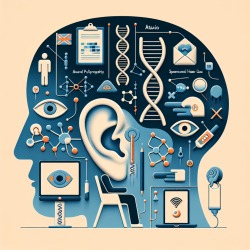Introduction
In the quest to enhance student outcomes, educators and practitioners often seek evidence-based strategies that can make a tangible difference. One such strategy, supported by recent research, is the inclusion of sports participation in school curricula. The study titled Comparison of Academic and Behavioral Performance between Athletes and Non-athletes provides compelling data that underscores the benefits of athletic involvement for students.
Key Findings
The research, conducted with a diverse sample of over 35,000 students from Texas, reveals significant differences in academic and behavioral outcomes between athletes and non-athletes. Here are some of the key findings:
- Athletes scored significantly higher on standardized tests across all subjects, with passing rates ranging from 77.1% to 92.9%, compared to 27.7% to 66.5% for non-athletes.
- The risk of dropping out was lower for athletes (35.6%) compared to non-athletes (49.24%).
- Athletes had fewer disciplinary actions, averaging 0.85 per year versus 1.23 for non-athletes.
Implications for Practitioners
For practitioners in education and therapy, these findings offer actionable insights:
- Encourage Sports Participation: Integrate sports programs into school activities to foster both academic and behavioral improvements.
- Monitor and Support: Use data-driven approaches to track student progress and tailor interventions that leverage sports as a tool for engagement and development.
- Promote Inclusivity: Ensure that sports programs are accessible to all students, regardless of background, to maximize the benefits observed in diverse populations.
Further Research
While the study provides robust evidence of the positive correlation between sports participation and student success, it also highlights areas for further research. Practitioners are encouraged to explore causal relationships and investigate how different types of sports impact various student demographics.
Conclusion
The integration of sports into educational settings offers a promising avenue for enhancing student outcomes. By fostering an environment where physical activity complements academic learning, educators can contribute to the holistic development of students. For those interested in delving deeper into the research, the original paper can be accessed through this link: Comparison of Academic and Behavioral Performance between Athletes and Non-athletes.










